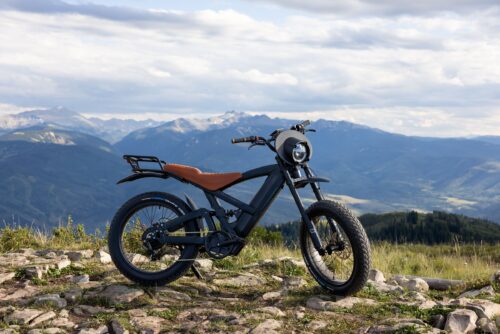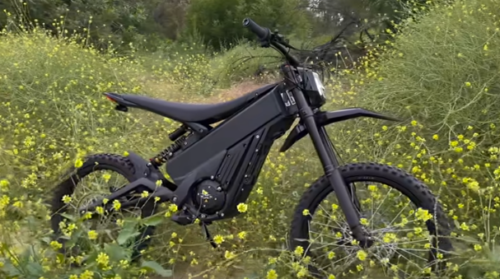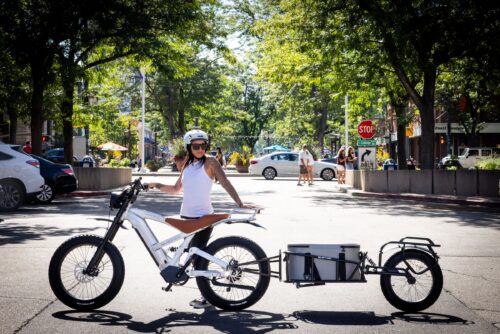We often speak about disinformation like it’s a side show to news, something motivated in extremes and from adversaries outside of balanced mainstream reporting.
The NYT however gives us a good example of disinformation in the mainstream cycles (pun intended).
They’ve been caught by StreetsBlog pushing an agenda with false analysis.
To begin, the NYT blames victims.
Richtel never clarifies, though, how the mere presence of a battery and a motor on Champlain Kingman’s bike contributed to the crash, aside from the fact that he personally believes that e-bikes “tempt young riders, untrained in road safety, to think they are safe mingling with high-speed auto traffic.” (Hot take: maybe the bigger problem is the presence of high-speed auto traffic in neighborhoods where children live, rather than the fact that children feel happy and confident riding bicycles — especially ones like Champlain Kingman, who by all accounts did have strong roadway training.)
StreetsBlog is right. Simple logic says if speed is a killer, cars need to slow down to stop killing cyclists. Death was the fault of the driver, as the cyclist would have survived without the presence of the speeding car.
Then, the NYT tries to paint with a rediculously broad brush, arguing that all eBikes are bad if some of them are modified for any speed at all.
This is like saying the Nissan LEAF and Chevy Bolt (five deaths) are as dangerous as the manslaughtering Tesla (nearly 500 deaths).
Richtel’s series, which instead explores the idea that e-bikes may be inherently unsafe for young riders, regardless of how they’re designed, ridden, and regulated.
The NYT seems to lack any understanding of safety engineering let alone transit design, peddling (pun intended) feelings of baseless fear instead.
A bike modified for 30km/hr could be safer than 25km/hr because it travels at the same speed as cars. It’s a fact that the worst crashes are a function of speed difference, so if eBikes are to be made safer they either have to speed up or cars have to slow down.
You know what I’m talking about. A bike at 10mph around cars trying to go 40-50mph is recipe for disaster; just like a car going 120mph around cars going 50mph. If safety is the goal, the worry about an eBike going faster on its own without any context is like 1800s campaigns claiming people were getting dangerously sick from traveling faster than 20mph (because it was bumpy).
That’s not how anything works.
The Nissan LEAF is incredibly safe. The Tesla is a death trap. Both are EV. Both are capable of high speed, but are totally different. The same stands for the variety of eBikes (pun intended) and their engineering/quality practices.
The final point made by StreetsBlog is a killer one (pun intended) about misdirection. The eBikes when adopted widely could dramatically reduce deaths, while the NYT falsely alleges they should be feared for risk of deaths.
The frank truth is that, of all of the dangers the Times attributes to e-bikes — grisly crashes, lawless vehicle owners modifying their rides to be more deadly, lives abruptly stolen from children and teens — car drivers and the auto-centric systems that surround them are overwhelmingly more likely to be the culprit, as evidenced by the fact that nearly every crash mentioned across the four stories involves a driver. And unlike thousands of teen motorists every year, the teenagers who were brutally killed in these collisions didn’t kill anyone else in the process, nor did they contribute to the pollution, sprawl, and staggering public health crises that are part and parcel of mass car dependency.
In fact, studies show the more bikes the lower the fatalities, exactly the opposite of cars. This is a function of bikes having an interactive and social component. Cyclists around cyclists become exponentially safer.
StreetsBlog makes a crucial point that cyclists don’t kill other people. All the cyclists dying on eBikes? Mostly killed by cars. See the problem?
It’s like reading an article in the NYT that says kids can choke on easily modified carrots and broccoli so they should be smoking with their parents instead, which not only kills them but everyone around them.
Wat.
Oh, but the vegetables are organic and could have a bug! NYT says chew on some tobacco instead kids because think of the risk.
NO.
NYT go get 100 eBikes, ride them in an eBike environment protected from cars, and then come back… you spoke too soon (pun intended).
Bottom line is disinformation can come from anywhere. In this case it’s a NYT writer so wrapped up in toxic car culture that he’s become nonsensical, afraid of the very best thing that could end it.
disinformation • \dis-in-fer-MAY-shun\ • noun. : false information deliberately spread to influence public opinion or obscure the truth



